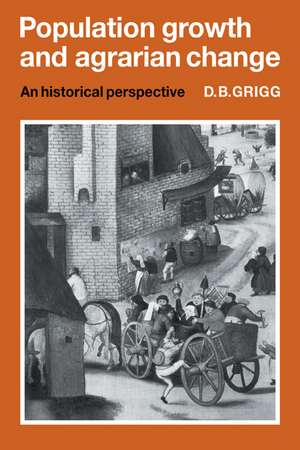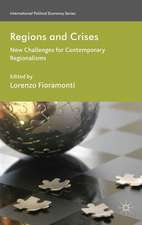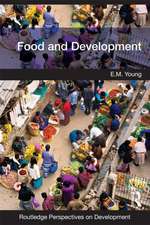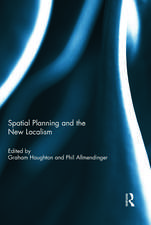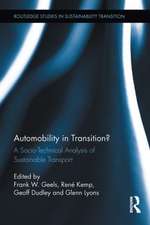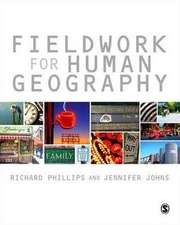Population Growth and Agrarian Change: An Historical Perspective: Cambridge Geographical Studies, cartea 13
Autor D. B. Griggen Limba Engleză Paperback – 17 dec 1980
Preț: 322.12 lei
Nou
Puncte Express: 483
Preț estimativ în valută:
61.64€ • 64.59$ • 50.95£
61.64€ • 64.59$ • 50.95£
Carte tipărită la comandă
Livrare economică 11-25 aprilie
Preluare comenzi: 021 569.72.76
Specificații
ISBN-13: 9780521296359
ISBN-10: 0521296358
Pagini: 356
Ilustrații: 1
Dimensiuni: 152 x 228 x 18 mm
Greutate: 0.52 kg
Editura: Cambridge University Press
Colecția Cambridge University Press
Seria Cambridge Geographical Studies
Locul publicării:Cambridge, United Kingdom
ISBN-10: 0521296358
Pagini: 356
Ilustrații: 1
Dimensiuni: 152 x 228 x 18 mm
Greutate: 0.52 kg
Editura: Cambridge University Press
Colecția Cambridge University Press
Seria Cambridge Geographical Studies
Locul publicării:Cambridge, United Kingdom
Cuprins
1. Introduction; Part I. Methodology: 2. Overpopulation: definition and measurement; 3. The symptoms of overpopulation in agrarian communities; 4. The possibilities of increased output in pre-industrial societies; 5. Demographic adjustments to population growth; Part II. Malthus Justified: 6. European population in the long run; 7. Western Europe in the thirteenth and early fourteenth centuries: a case of overpopulation?; 8. England in the sixteenth and seventeenth centuries; 9. France in the sixteenth and seventeenth centuries; 10. Ireland: the great tragedy; 11. Interim conclusions; Part III. Malthus Refuted: 12. Holland in the sixteenth and seventeenth centuries; 13. Breaking out: England in the eighteenth and nineteenth centuries; 14. France in the eighteenth and nineteenth centuries; 15. Scandinavia in the eighteenth and nineteenth centuries; 16. Coda to part three; Part IV. Malthus Returns?: 17. The developing countries today: the demographic response; 18. The developing countries today: the production response; 19. Conclusions; Notes; Index.
Descriere
This book, first published in 1980, suggests some ways of looking at the interrelationships between population growth and agrarian change.
